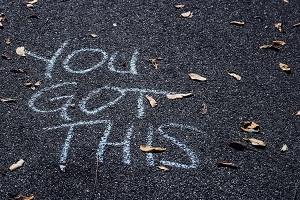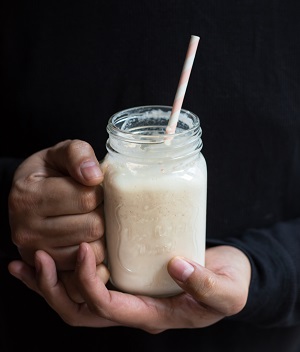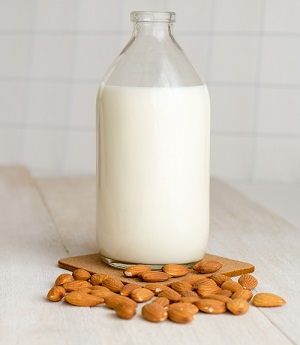Podcast Episode 25 – Got Stress? Let’s Deal With It
In Episodes 21 thru 23, we discussed tips from Stormie Omartian’s book, “Greater Health God’s Way’ about how making simple food choices can become healthy food goals. Yet, today, we thought it just as important to discuss stress and how stress can affect our healthy goals overall. We also talk about what we can do […]
Continue Reading




